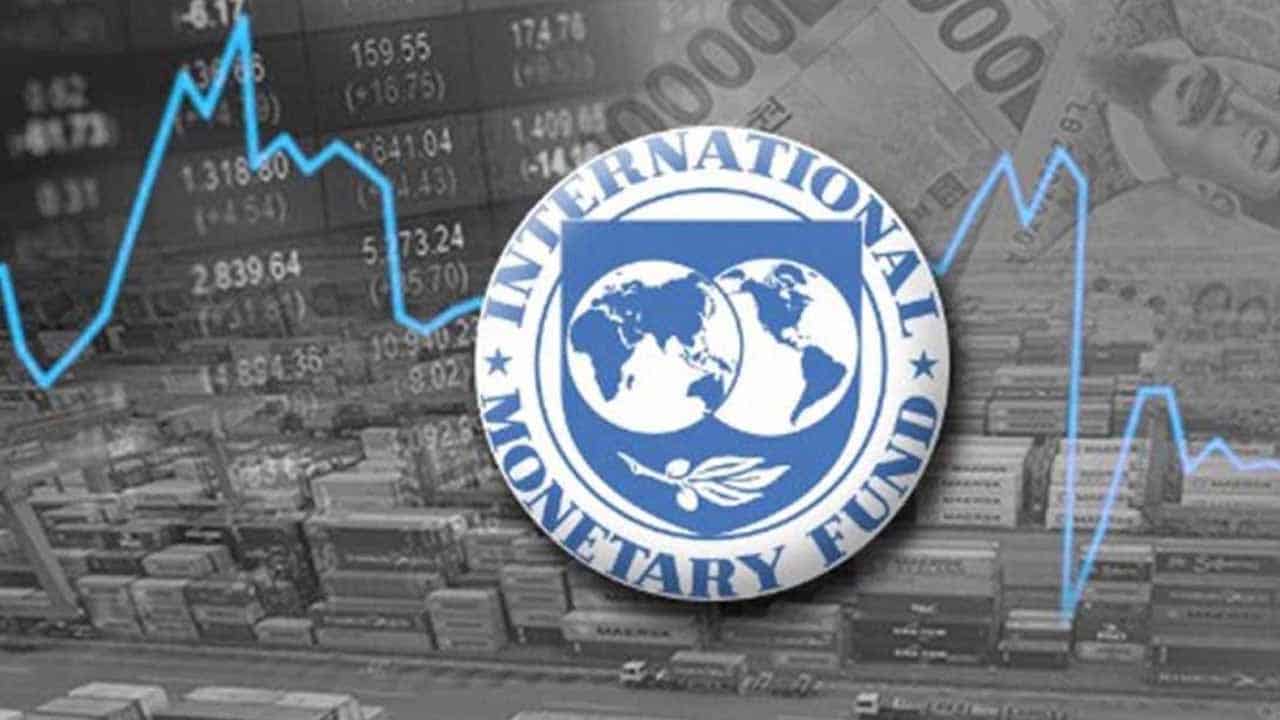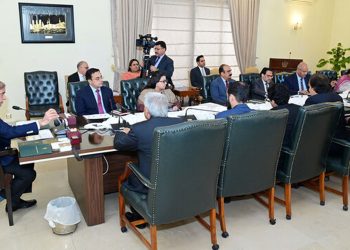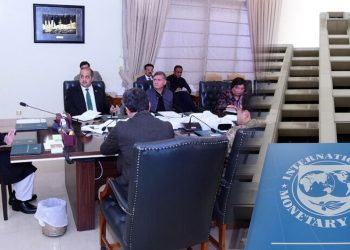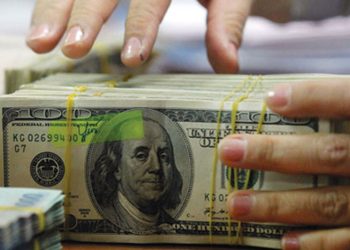In its last-ditch effort to resurrect the delayed International Monetary Fund (IMF) loan, Pakistan hopes to get $2 billion in external finance to cover the $6 billion shortfall required to restart the bailout programme.
In an emailed response to Bloomberg, the Ministry of Finance stated that the government has secured $4 billion in external financing and wants to reach an agreement with the Washington-based lender before the budget is unveiled on Friday.
The administration is on pins and needles, with the urgency of renewing the $6.7 billion plan — signed in 2019 and slated to expire in June this year — intensifying, as external financing and exchange-rate policy are among the most significant obstacles.
The ninth review has been stalled for more than six months due to arguments between the local authorities and the lender, one of the longest waits for a review.
“Pakistan remains committed to completing the IMF programme and has already demonstrated its seriousness,” according to the ministry.
The ministry also stated that, despite a significant reduction in the current-account deficit, it is committed to mobilising further liquidity.
Saudi Arabia and the United Arab Emirates have agreed to offer Pakistan with $3 billion in new funding. China and its state-owned banks have extended credit pledges totaling $4 billion.
In an email to Bloomberg, IMF Resident Representative for Pakistan Esther Perez Ruiz stated that the programme would resume after the authorities adhere to the lender’s programme aims, present appropriate finance while presenting the budget, and the Pakistani currency is “properly market functioning.”
“IMF staff continues to engage with Pakistani authorities in order to prepare for a Board meeting before the current programme expires,” the person said.
According to Columbia Threadneedle Investments, the South Asian country must repay almost $22 billion in external debts — five times its foreign exchange reserves — during the next fiscal year, which begins in July.
To meet IMF demands, the coalition government has implemented a slew of measures, including boosting taxes, raising energy costs, and allowing the rupee to fall against the dollar.
Once the IMF loan is received, Pakistan will be able to access more multilateral finance.
These funds will assist the $350 billion economy in overcoming a dollar crisis, alleviating supply shortages, and bringing the South Asian nation out of default risk ahead of elections later this year.






